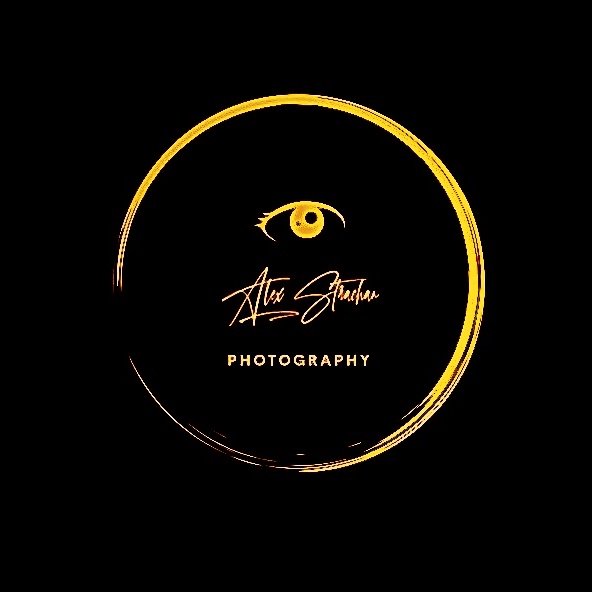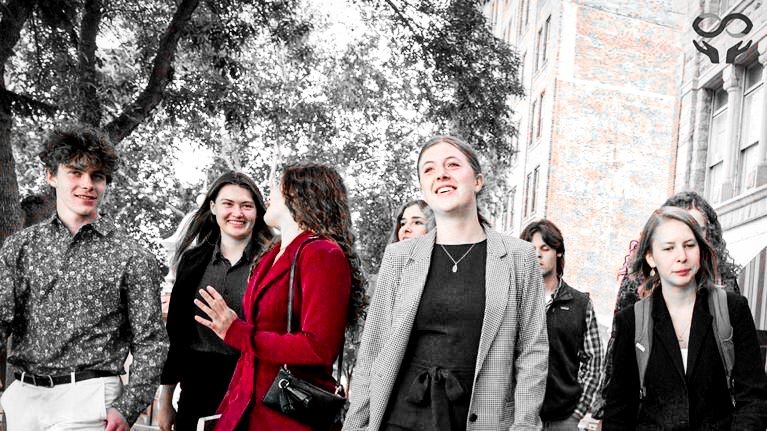“Imagine you took a lot of acid, and then you ate that whole bowl of ants …” The one where Tony Bourdain treks into the Peruvian Amazon in search of rare cacao beans— and comes back with an idea for a funky chocolate bar he christens Good & Evil.
During a previous trip to Peru, Anthony Bourdain wrote in his program notes for his return visit to Piruw Ripuwlika — Peru’s quechua name — for CNN’s Parts Unknown (season 1, episode 7, originally aired June, 2013) ), he bounced around Lima, explored the ever-changing food scene — ”from the more cutting-edge fine-dining restaurants to the funkiest but most delicious traditional cevicherías” — huffed his way up pre-Columbian Andes mountains, got dizzy from altitude sickness, stuffed his mouth with coca leaves, ate guinea pig in Cuzco, explored the jungle of Amazonia, drank chicha with yucca farmers, took ayahuasca in the darkness of night with a curandero, puttered upriver in a wobbly boat — the kind TV producers like his long-suffering companion Tom Vitale just love — “with imaginary bats screeching in my brain and lights that probably weren’t there dancing in front of my eyes,” and took in the sights of Machu Picchu at dawn — “one of the most extraordinary experiences one can have in this life” — then watched millions of cutter ants strip a forest floor clean, made friends, and “learned something about the world and about myself.”
There was hardly a reason to return, Bourdain readily admitted in his programs notes, save one: His close friend and partner in kitchen crimes Eric Ripert, the chef of the most excellent Le Bernardin in NYC, told him that he (Ripert) had recently tasted the “best chocolate in the world,” and asked if Bourdain would be so kind as to get involved in a likely disastrous cooperative venture into the high-end gourmet chocolate business. Cacao loco!
The resulting chocolate bar, christened Good & Evil, would kick off the most viral discussion of chocolate in recorded history. (To save you the trouble, don’t bother looking; I tried. The most recent mention of Good & Evil chocolate on Reddit dates from two years ago; the high-end kitchenware and home furnishings retailer Williams-Sonoma had exclusive rights to Bourdain-Riperts’ chocolate confections, but any trace of Good & Evil has long since vanished from Williams-Sonoma’s various websites.
Don’t get me wrong: Williams-Sonoma has plenty of gourmet chocolate, but not Bourdain-Ripert.
If you rewatch Parts Unknown, as I did the other night, it might help to sample some gourmet chocolate of your own, to get in the mood.
LA-based Compartés comes highly recommended by connoisseurs, though in my neighbourhood Green & Black’s is more accessible, and less likely to require you to take out a bank loan to cover the cost — to get into the mood.
Peru is less politically driven than earlier 1st-season episodes of Parts Unknown like Libya and Colombia — Peru may have been more politically stable when Bourdain visited than it is today — but the country is full of surprises, none the least its claim to pride-of-place as the world’s premium supplier of gourmet cacao beans.
To reiterate — after all, what are TV reruns for? — Good & Evil was the culinary love child of Bourdain, Ripert and Éclat chocolatier Christopher Curtin; it was fashioned from personally selected, hand-picked pods of Peruvian Pure Nacional, an exceedingly rare and prized all-white strain of cacao bean thought to have been wiped out nearly 100 years ago.
No wonder the Good & Evil bar sparked a chocolate conversation that went viral.
“I don’t know whether you knew this,” Bourdain says at one point, “but I am an aficionado of early erotica of pre-Columbian and post-Columbian eras — you know, like pottery of people doing it.”
Erm, alrighty then.
The Peruvian rainforest was the incubator, too, for many of the early legends of El Dorado, the so-called “City of Gold.”
“Wow, gold necklaces,” Bourdain says, during a museum prowl of pre-Columbian arts and artifacts.
“You see why the Spanish just freaked out when they came here and turned into maniacal greedheads.”
And then there’s the cuisine.
“Whole different flavour spectrum, right? All new. It’s almost like you need a new section of your tongue when you eat this food, It’s not like, well, this is something like. It’s not ‘kind of like’ anything. It’s really awesome.”
Not to mention the chocolate.
After watching Peru, either for the first time or the umpteenth, it’ll be hard to settle for a Snickers or Twix ever again.







